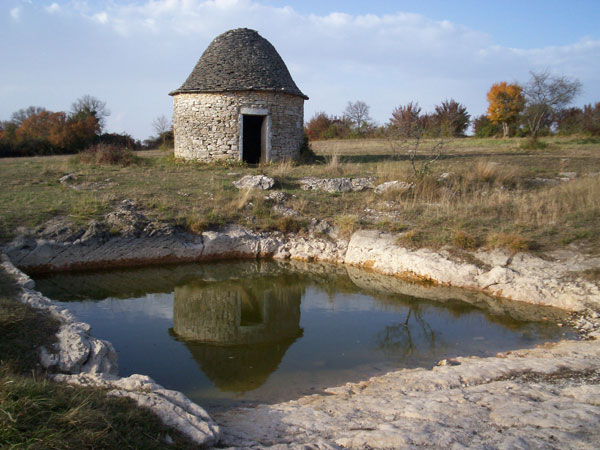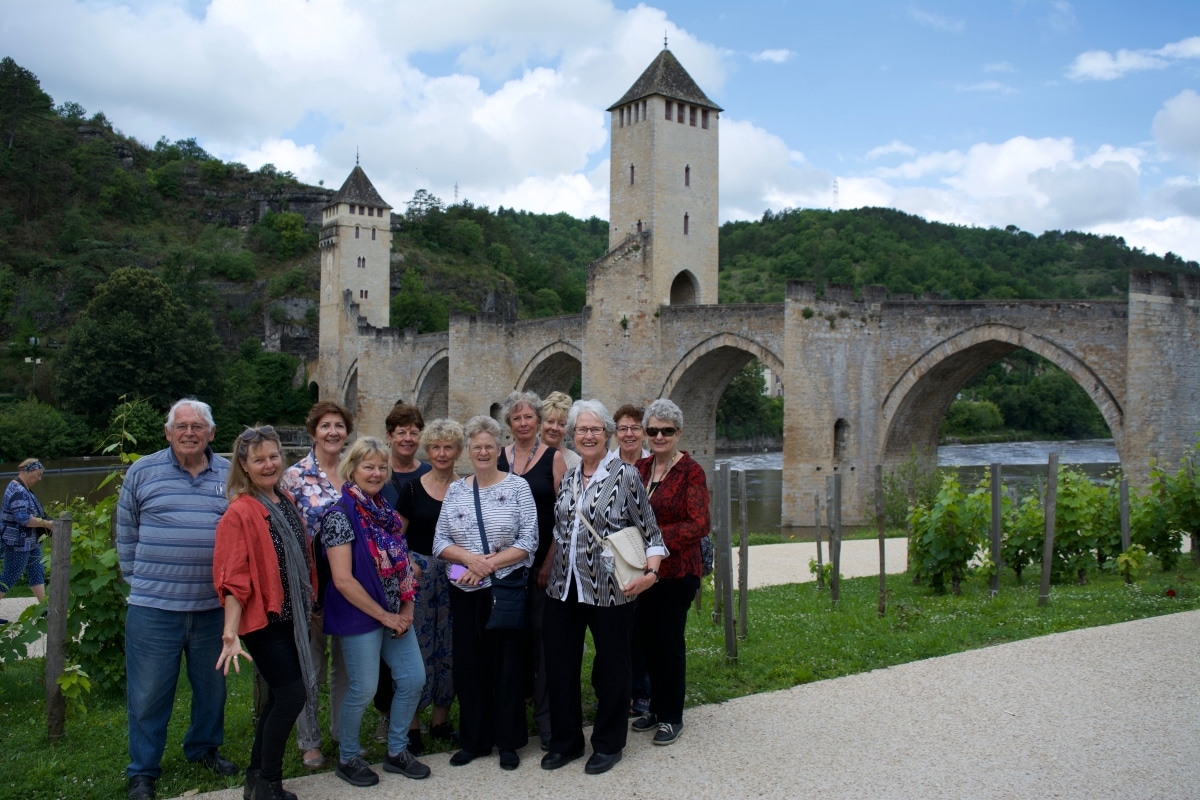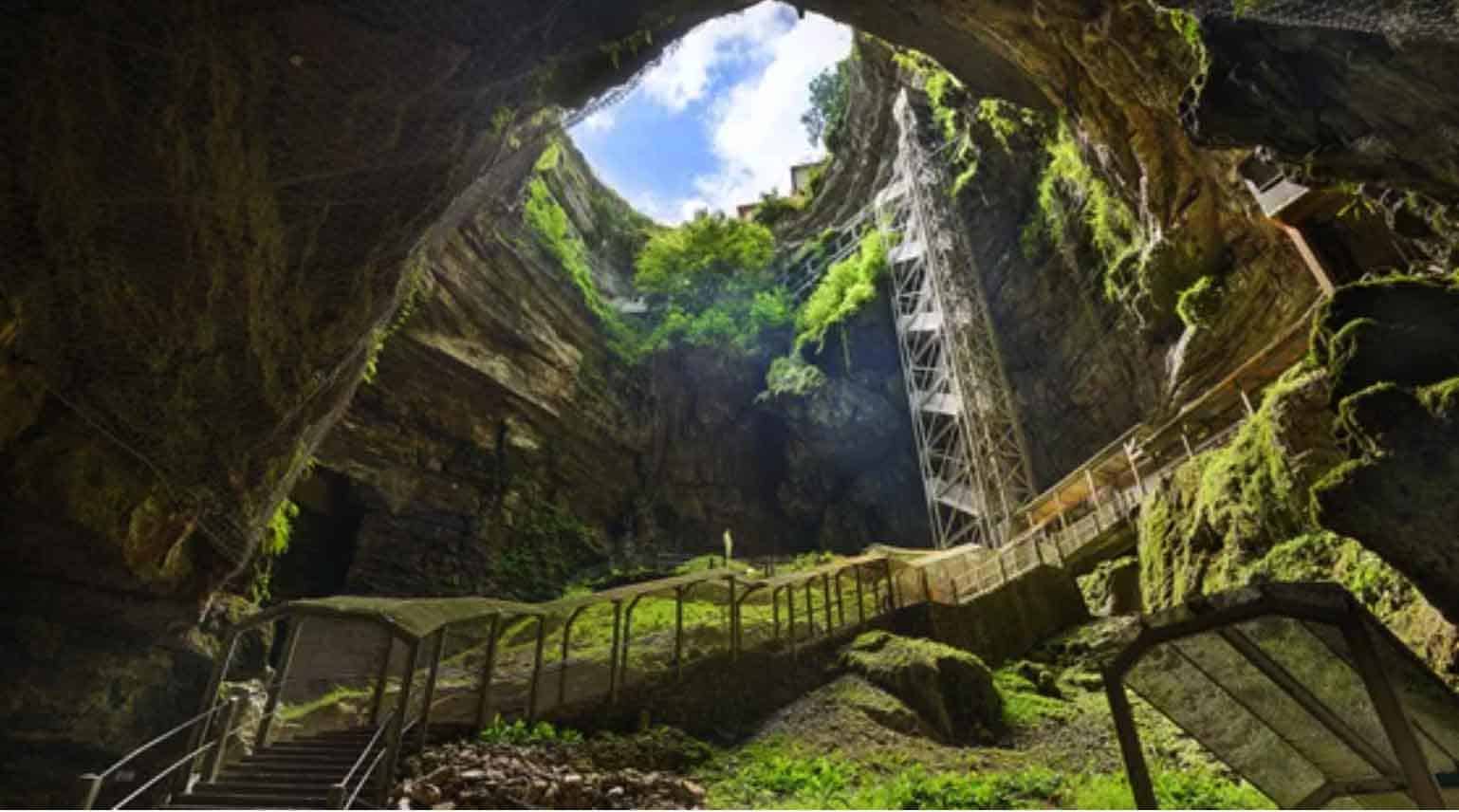Whispers of the Past: Unveiling Quercy’s Enchanting Myths and Legends
It’s amazing when you get to visit a new place. Tick off all the big sites, leave out a couple that look less interesting. We know the deal. But it doesn’t end there. The best part of visiting a new place is when you get the authentic experience. How do the local live? What is life REALLY like here. What’s the history of the area? That’s where we’re going today.
I’m not talking about boring, general history stuff full of dates and spin-offs of tales about world wars, farming and local politics. Let’s dive into the creative stuff. Myths and legends, enigmas, proper stories!
The Devil at the Bridge of Valentré
This story is probably my favorite of the bunch. If you’ve been on a workshop with us then you’re probably familiar with it!
Saint Namphaise and His Lakes
Namphaise, companion of Charlemagne (end of the 8th century), tired of wars and battles, took refuge on the Quercy plateaus to live as a hermit. Prayers, a life of solitude and austerity… To fill his days, he follows traditional Monk teachings by dividing his day between prayer and manual labour. His poison of choice was the brutal work of helping the locals deal with the severe droughts on the Quercy plateau. He then began to dig water reserves into the rock, “lakes” which, with God’s help, would never dry up. Naturally, the devil, jealous, gets involved. While old Namphaise is still digging a lake he is brutally attacked by a bull that was enraged by the devil. (Another visit from the devil… There’s a pattern emerging).
Even mortally wounded, Namphaise remains supported by God: he throws his hammer which falls several kilometers away at Caniac-du-Causse, thus marking the place where the hermit wishes to be buried. The shrine containing the remains of the holy hermit is still visible in this crypt. It is said that a woman who cannot have children must pass under the shrine: she will then be able to give birth. Likewise, holy relics are said to cure epileptics of their illness…
So there’s a couple of stories for you, let’s call it an appetiser. The Quercy and the Perigord are full of stories like this. Each place we visit has its own tales and it’s amazing to watch artists incorporate this into their works. Creativity is a beautiful thing!
Part 2 soon? Let me know if that’s something that might interest you.




This is fun! Looking forward to learning more.